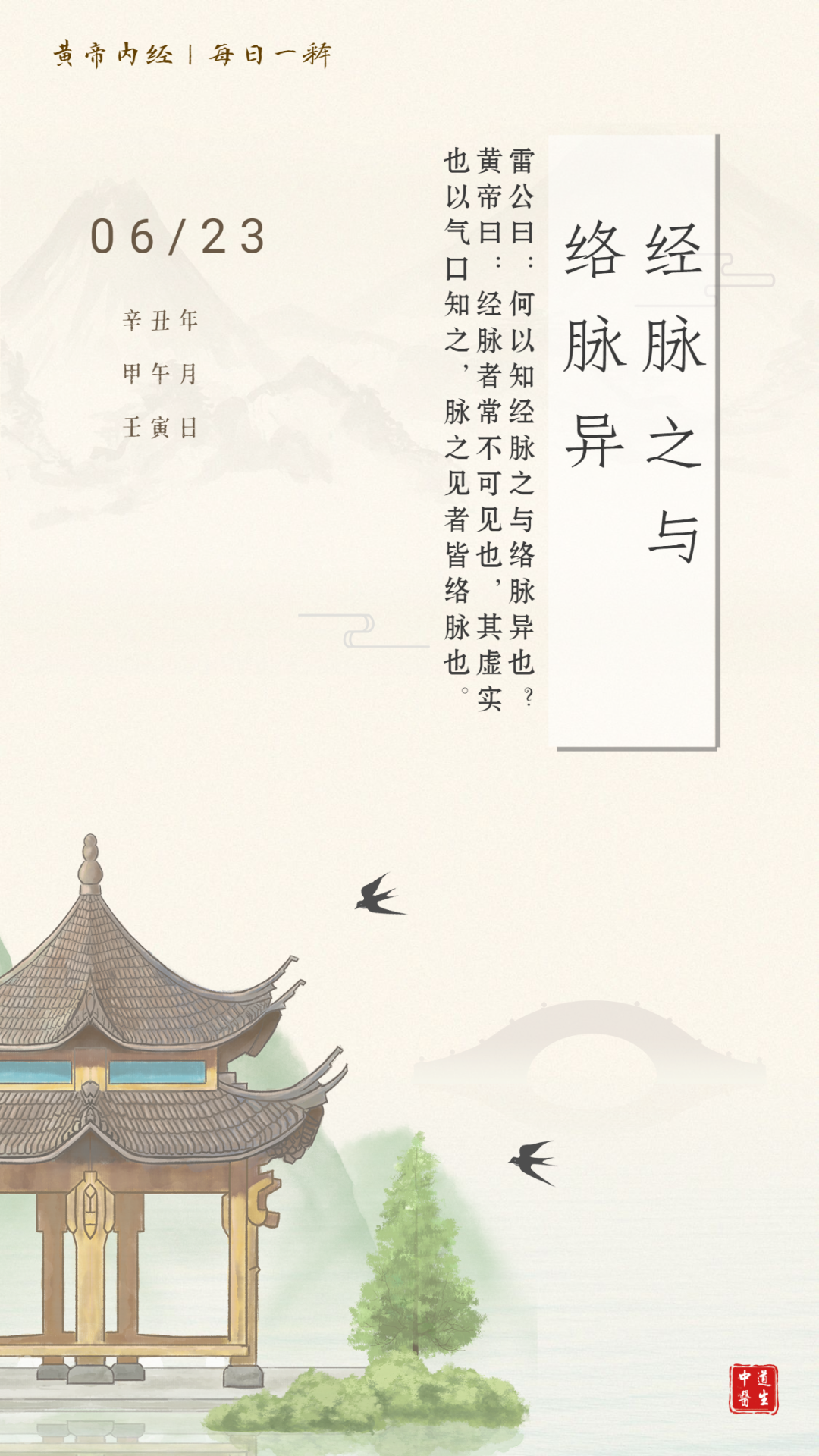
Jingluo (Meridians and Collaterals) refers to the collective term for jingmai (meridians) and luomai (collaterals), where jingmai serves as the main trunk and luomai as the branches. This is a unique theory in Traditional Chinese Medicine (TCM). The Ling Shu (Spiritual Pivot) states: “The twelve jingmai are internally connected to the five organs and externally linked to the limbs and joints.” The Ling Shu also mentions: “The jingmai are responsible for the circulation of blood and qi, nourishing yin and yang, moistening the muscles and bones, and facilitating the joints.” This describes the function of the jingmai. Furthermore, the Ling Shu states: “The jingmai can determine life and death, address various diseases, and regulate deficiency and excess; they must be unobstructed.” This highlights the significance of the jingmai. The Jingmai also states: “Leigong (the Thunder God) asked: How can one distinguish between jingmai and luomai? Huangdi (the Yellow Emperor) replied: The jingmai are usually not visible; their deficiency and excess can be discerned through the qi pulse, while all visible pulses are luomai.” This explains the difference between jingmai and luomai.
The theory of jingluo has rich connotations and clinical application value, and one should not deny the existence of jingluo simply because corresponding anatomical structures cannot be found in the human body.
Click here to view the video ▼Liu Gengsheng, Professor at the Institute of TCM Literature and Culture, Shandong University of Traditional Chinese Medicine, Vice Chairman of the Medical History Literature Branch of the Chinese Association of Traditional Chinese Medicine, and Chief Health Science Popularization Expert of the Chinese Association of Traditional Chinese Medicine.
 Be cautious in the end as in the beginning, and there will be no failures.
Be cautious in the end as in the beginning, and there will be no failures.

